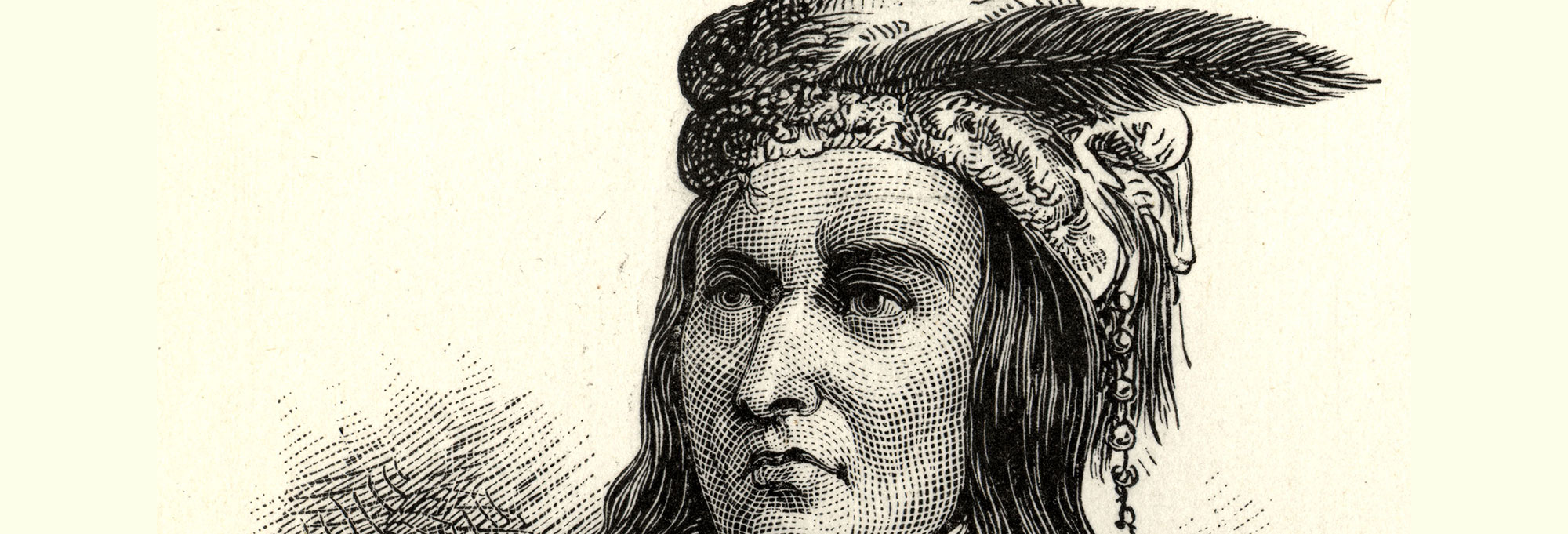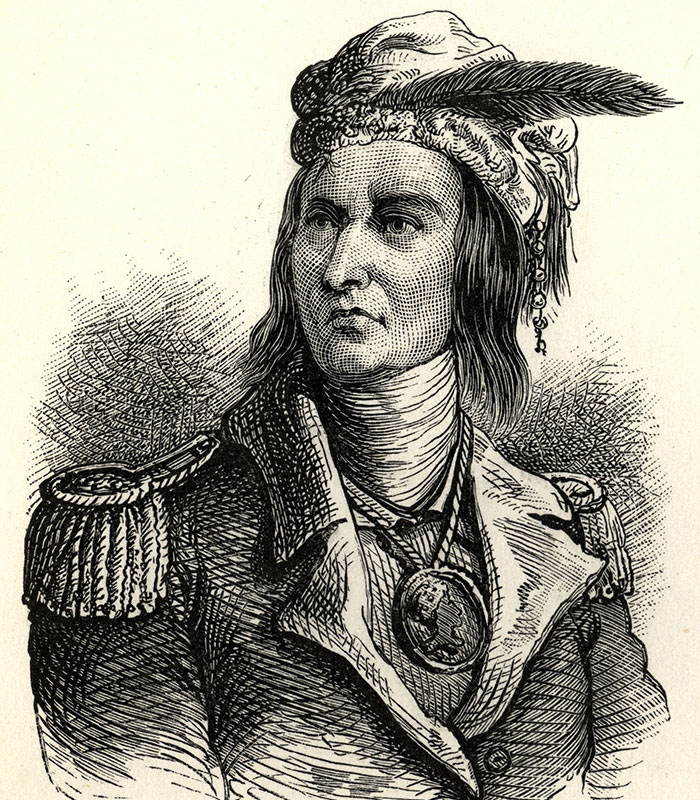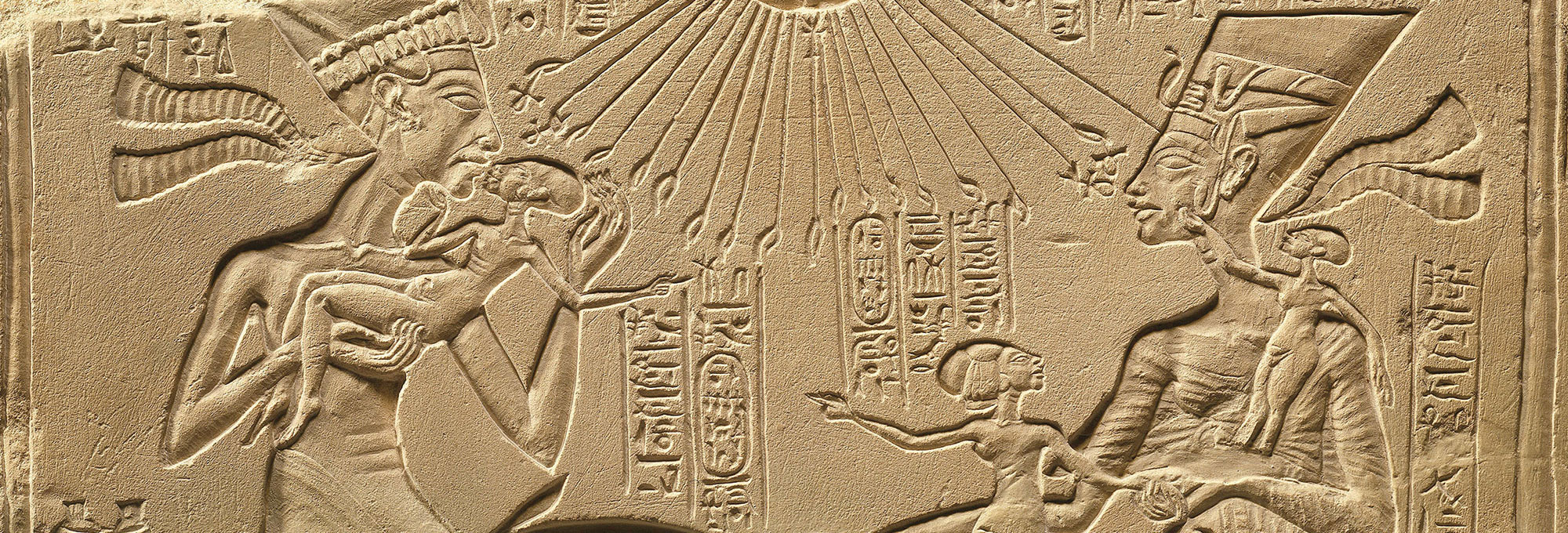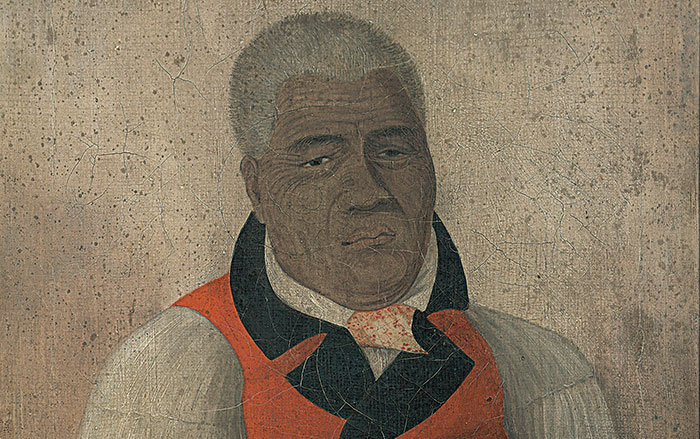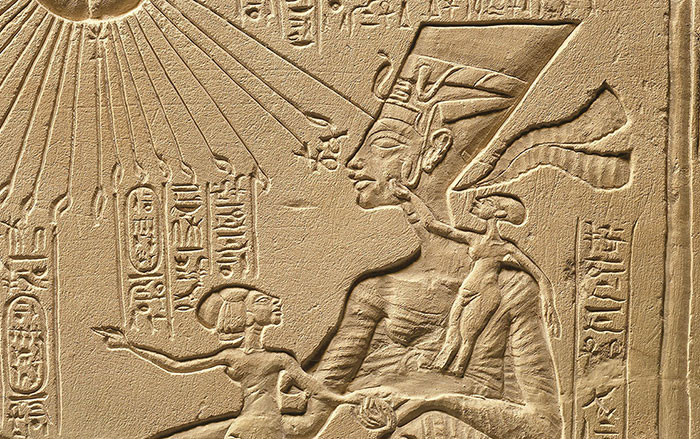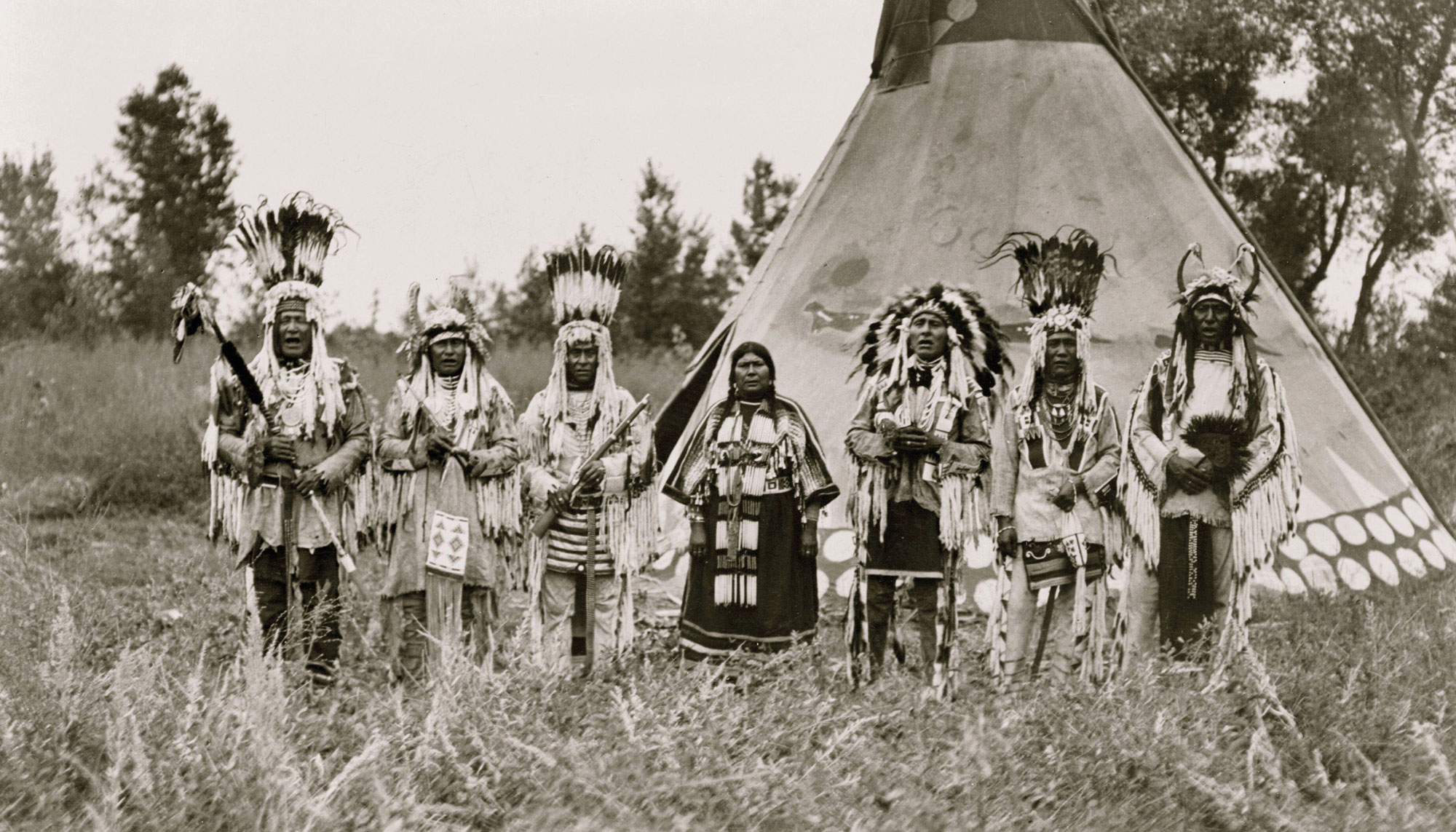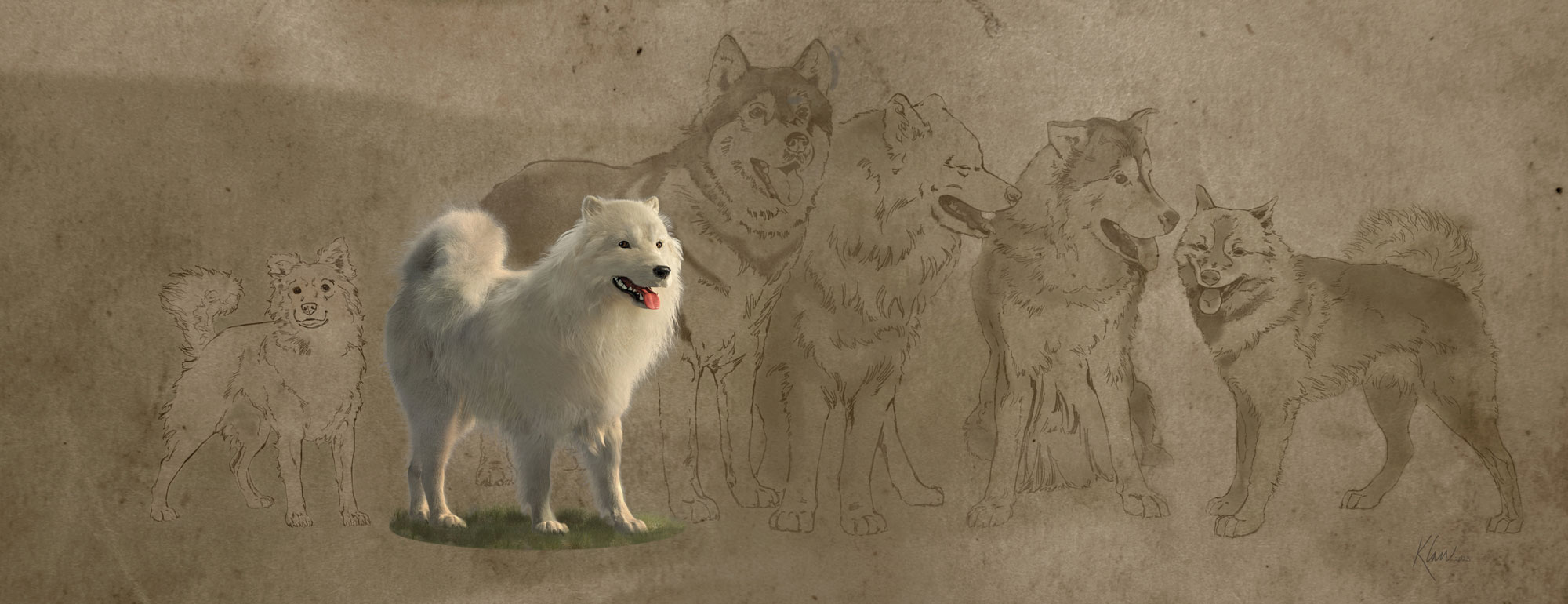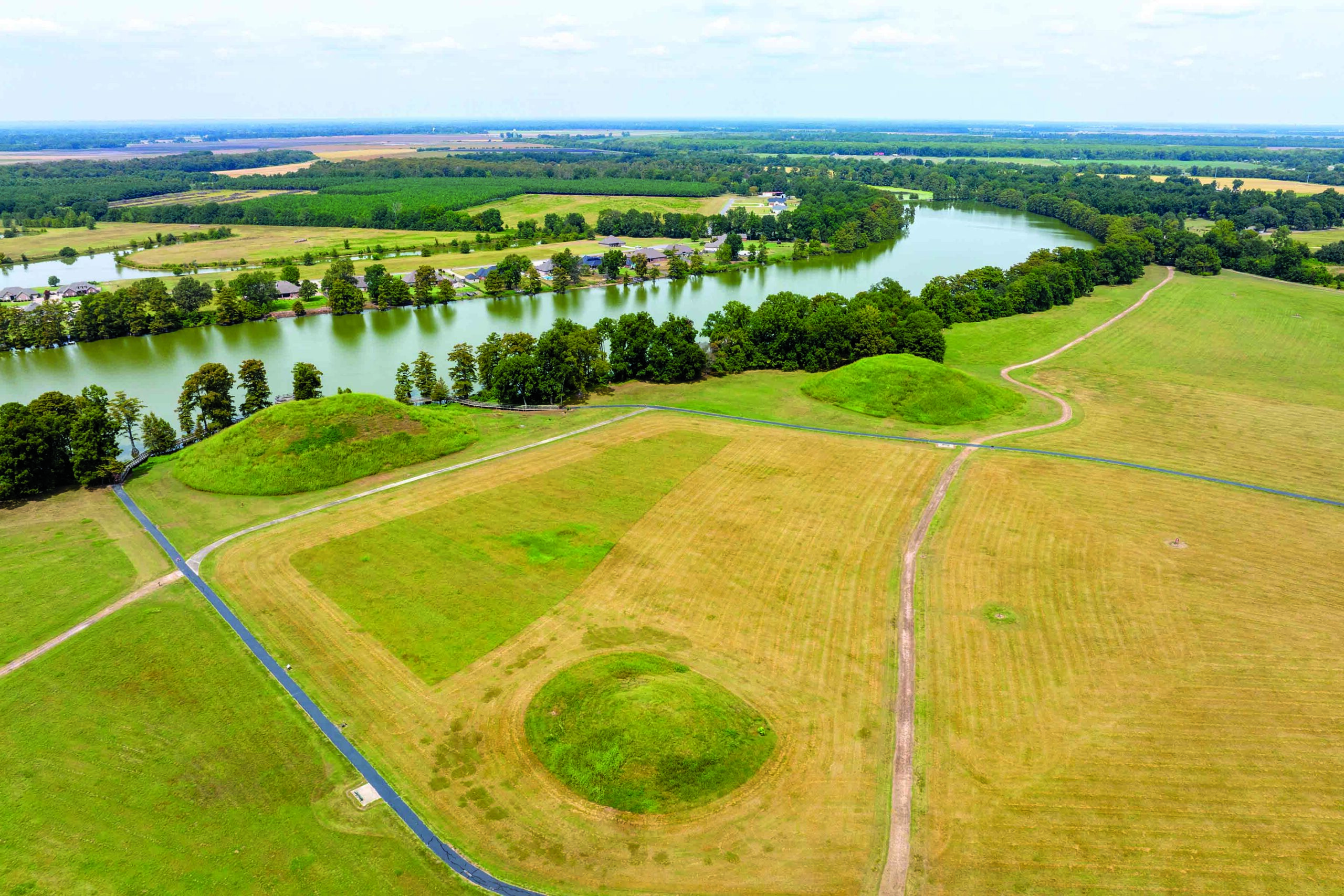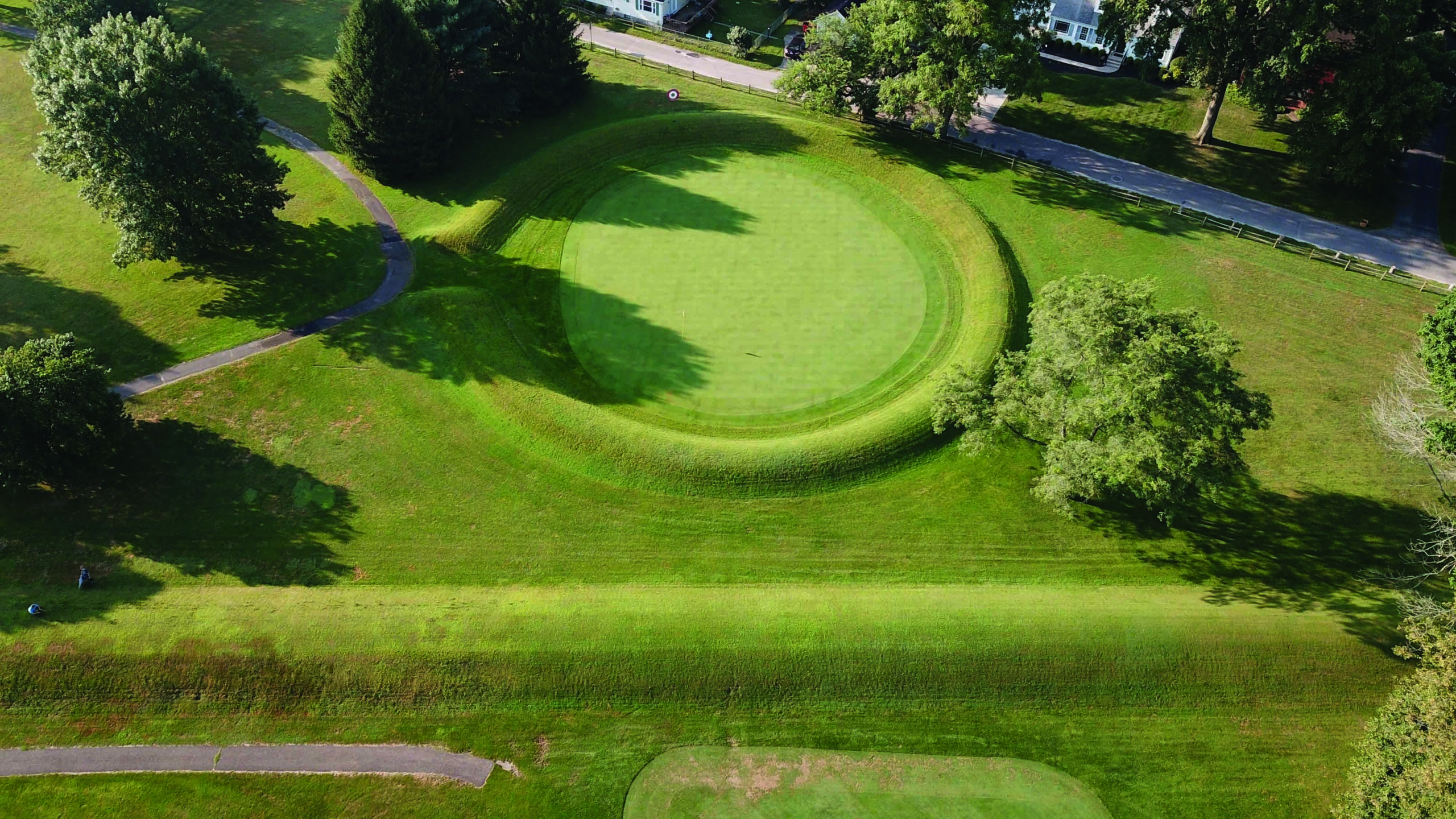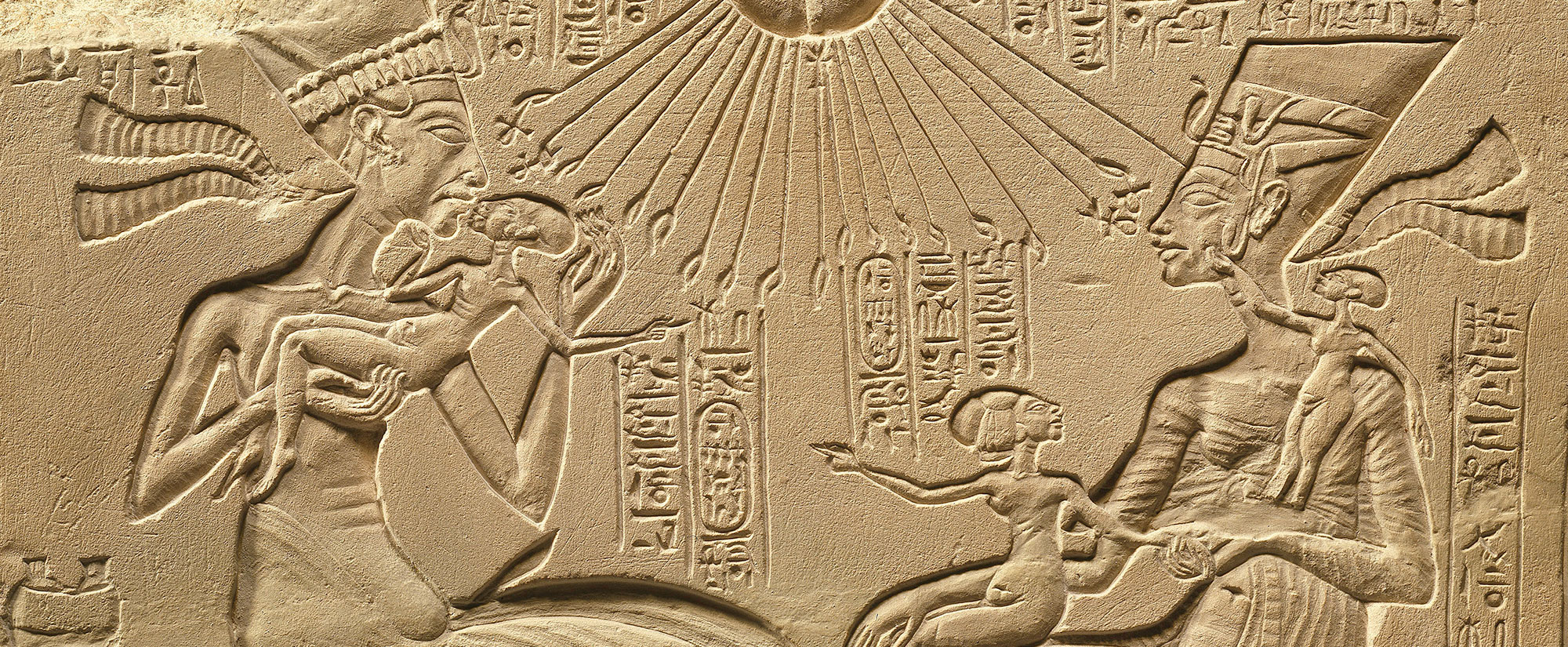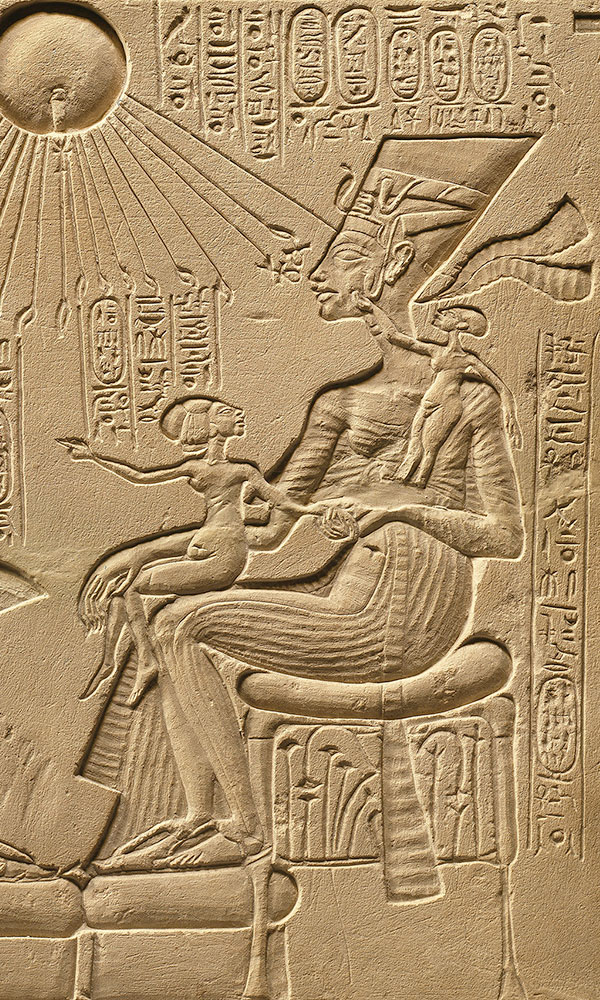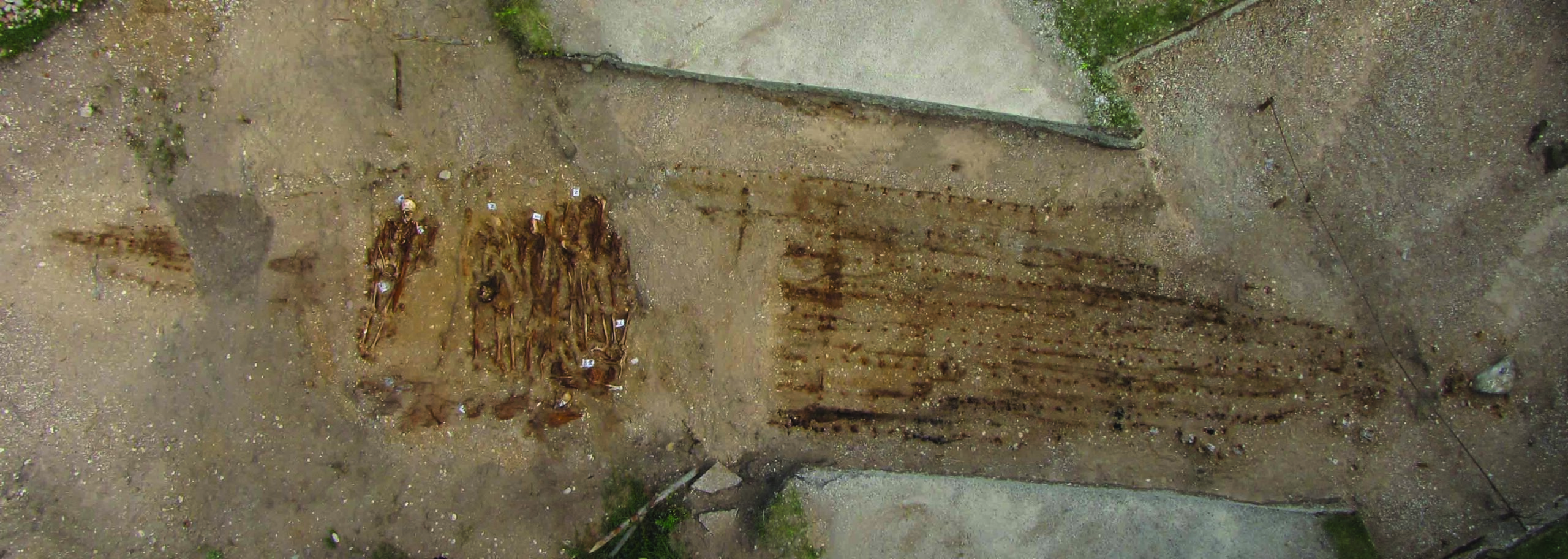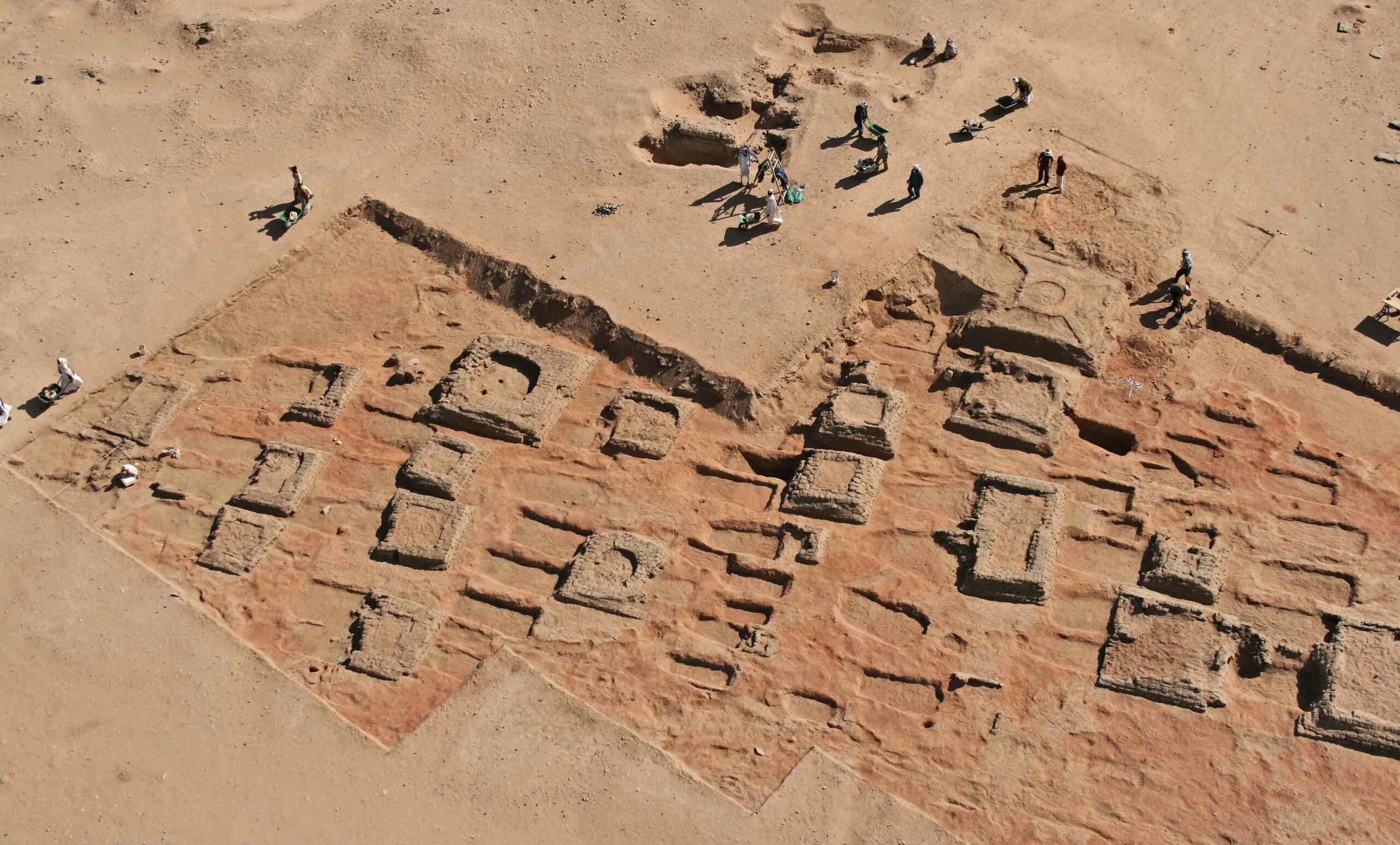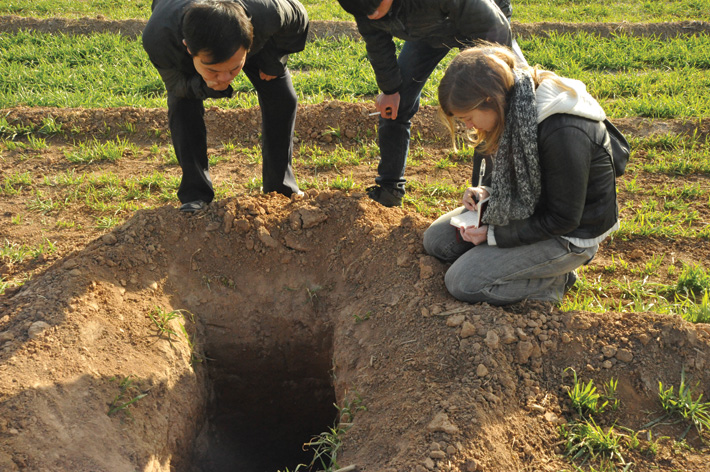
Throughout history in many cultures, preserving the physical remains of great figures has been considered vital for religious, cultural, or political reasons. Many Native Americans don’t share that outlook. The burial of Shawnee leader Tecumseh is a case in point. Tecumseh, whose name means “shooting star” or “panther in the sky,” led the Shawnee and a coalition of other native groups in resisting American settlement of the Ohio and Indiana territories in the early nineteenth century. He allied his forces with the English during the War of 1812 but was abandoned by them in 1813, at the Battle of the Thames in what is now Ontario. Refusing to retreat, Tecumseh died leading his outnumbered forces against American troops led by future president William Henry Harrison. According to eyewitnesses, Tecumseh’s slain body was taken up by his warriors, who buried him close to the battlefield.
No record exists of the exact location of Tecumseh’s grave. But Ken Tankersley, a University of Cincinnati archaeologist who is an enrolled member of the Piqua Shawnee and sits on the tribe’s Council of Elders, says that isn’t important. “For indigenous people, and the Shawnee in particular, what’s important is for the dead to ‘make the journey,’ or allowing the body to decompose, creating nutrients in the soil, and thus allow the cycle of life to continue.” Tankersley notes that Shawnee will occasionally visit the battlefield and leave a tobacco offering. “We know where the battle was, and the whole battlefield is considered a sacred site, and that is close enough.” He predicts that protests would erupt if an archaeologist or anyone else ever tried to find Tecumseh’s remains. Even using noninvasive remote-sensing technology to locate the burial would be considered unacceptable, says Tankersley. “No one should ever go looking for Tecumseh.”


